Here's a link to a Templar find in a farmers field in England for those who may be interested.
Rabbit hole leads to 'Knights Templar' cave - BBC News
Rabbit hole leads to 'Knights Templar' cave - BBC News
Here's a link to a Templar find in a farmers field in England for those who may be interested.
Rabbit hole leads to 'Knights Templar' cave - BBC News
Here's a link to a Templar find in a farmers field in England for those who may be interested.
Rabbit hole leads to 'Knights Templar' cave - BBC News
Because Loyalist soldiers were offered free land in NS to repay them for their service, and because NY would not be a safe place for a Loyalist soldier ... especially a black one.
Not likely, if you take into account his ethnicity and the attitude of people at that time.
Citation?
Many of the Loyalists who landed in NS and received land grants found themselves unable to survive on the land that they were given. Many of them were professional people and were not equipped to farm in an area so different from where they came. They either migrated to cities or slunk back south. It is not a phenomenon unique to Oak Island.
Why not?
His servant. Sometimes a cigar is just a cigar.
Why would Bell refer to his eldest son as his servant?
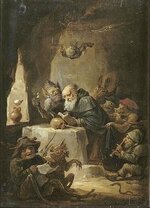
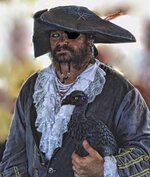
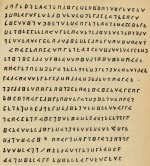
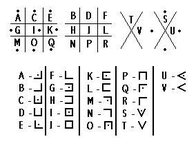
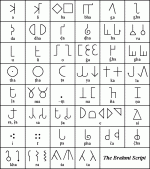
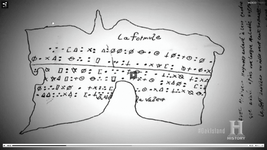
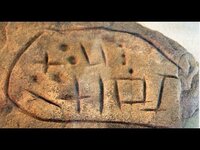
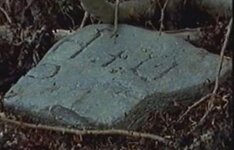
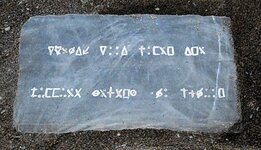
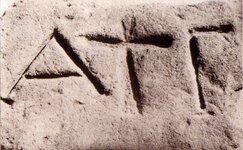
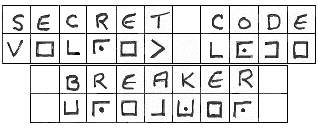
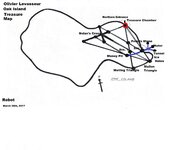
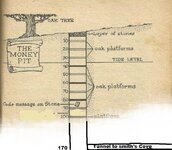
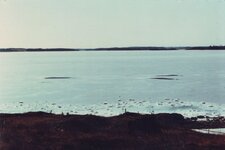


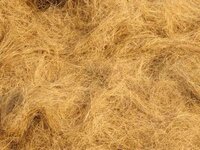
 ?
?